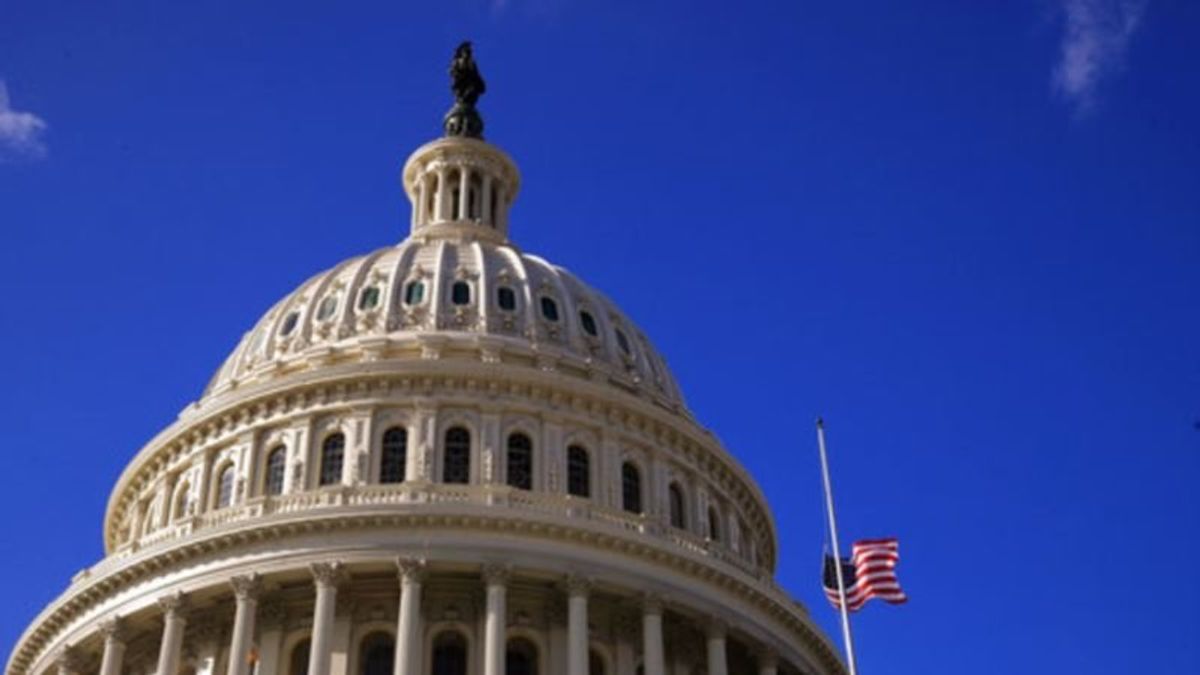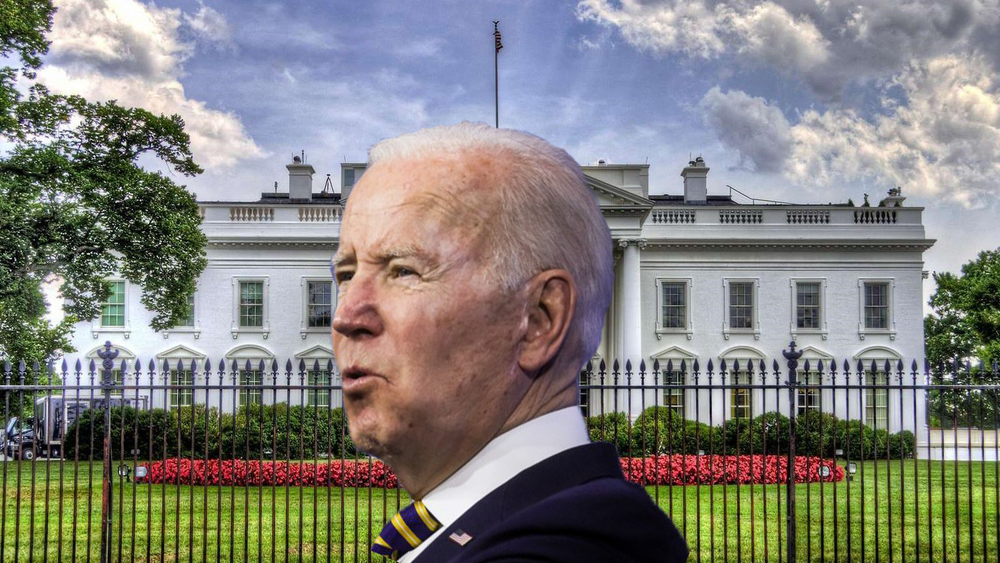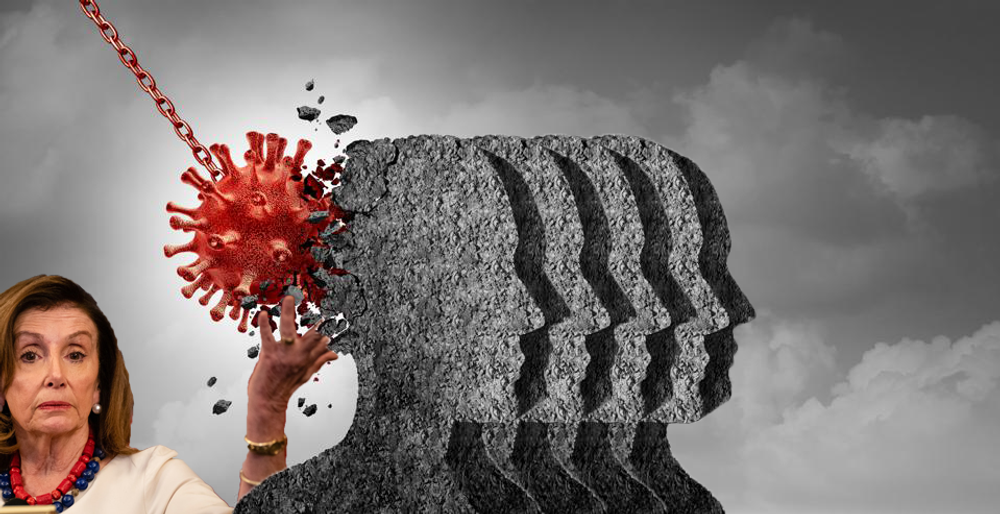
Federal Shutdown Precedes Return to Divided Control of US Congress
Federal Shutdown Precedes Return to Divided Control of US Congress

The current lapse in funding for portions of the U.S. government could be a harbinger of congressional gridlock and dysfunction next year, when Democrats will control the House of Representatives while Republicans continue their control of the Senate.
With a partial federal shutdown nearing the one-week mark, a spending package has yet to emerge that could pass both houses of Congress and receive President Donald Trump’s signature. Funding for wall construction along the U.S.-Mexico border remains a sticking point.
The standoff comes during the waning days of unified Republican control of the elective branches of government. Congress will see divided political control beginning Jan. 3, when the new Democratic majority in the House is sworn in.

‘”The incentive for either party to cooperate across the aisle [bipartisanship] will be a little bit lower because both parties will be looking increasingly to blame the other side for not getting things done,” said political analyst Molly Reynolds of the Washington-based Brookings Institution.
Reynolds added that there are “some possible prospects for bipartisanship on things like [improving America’s] infrastructure or [reducing the price of] prescription drugs, but by and large we’ll see relatively little legislative progress in 2019.”
The year 2010 saw the mirror image of the 2018 midterm election results. In 2010, Republicans won control of the House of Representatives and used it as a check on then-president Barack Obama, a Democrat, as well as what was then a Democratically led Senate. Legislative gridlock and a series of partial U.S. government shutdowns ensued beginning in 2011.
“Just as in 2011 and 2012, [in 2019] we’re going to see almost no progress on the major issues facing the country, with one possible exception, infrastructure, where the interests of House Democrats and the president may come together,” American Enterprise Institute resident scholar Norman Ornstein said.
‘A judge factory’
Beginning in January, Democrats will be able to use their House majority to block any legislation to which they object. But in one critical area, judicial nominees, Republicans will have a stronger hand to confirm Trump’s picks for lifetime appointments to the federal bench and make the judiciary far more ideologically conservative for years, perhaps decades, to come.
Republicans will hold 53 of 100 Senate seats, up from the 51 they currently control.
“While most things the Senate does need to get 60 votes to overcome a filibuster, nominations only need 51 votes,” Reynolds explained.

”The Senate has become a judge factory,” Ornstein said. “[Republican Majority Leader Mitch] McConnell is bringing up a substantial number of judges. With 53 [Republican senators], you can withstand one, two or even three defections [Republican ‘no’ votes], and still get it done. So for McConnell, this is a substantial amount of breathing room.”
Oversight, investigations
House Democrats, meanwhile, have signaled their intention to scrutinize and investigate the Trump White House and the administration as a whole.
“I expect Democrats to spend most of their time on oversight and engaging in a wide range of investigations, some of which will target President Trump personally as well as the conduct of the executive branch over the last two years,” Reynolds said.
The November 2020 presidential election could increasingly set the parameters of what a divided Congress can tackle as 2019 progresses. Some things, like an overhaul of U.S. immigration laws, could be out of reach.
“We’re about to enter the 2020 presidential campaign [cycle], and that will affect how Congress spends its time, what issues it’s active on. I don’t want to dismiss the possibility of immigration reform in the next two years outright, but I do think it will be an uphill battle for Congress,” Reynolds said.
“We have a divided country, we’ll have divided government,” John Fortier of the Bipartisan Policy Center said. “There are a few opportunities [for bipartisanship]. The trick in divided government is not to think that we’re going to do everything together, but to find some discreet larger initiatives that both sides might find some interest in.”
Changes in party control of one or both houses of Congress occurred in 2007, 2011 and 2015, and will occur again in 2019. Throughout it all, Congress has suffered low approval ratings from the American people, a situation that is unlikely to improve anytime soon.
“We’re going to have sharper partisan edges in the body, a lot of partisan and ideological combat, tribal combat, in the coming years,” Ornstein said. “It’s hard for me to imagine that Americans are going to feel better about things.”
Reynolds agreed. “Gridlock is likely to keep most Americans not terribly happy with how Washington works,” she said.
Tags
US Politics Trump Visits Iraq on Unannounced VisitNext PostPartial US Government Shutdown Unlikely to End Thursday
Trump Visits Iraq on Unannounced VisitNext PostPartial US Government Shutdown Unlikely to End Thursday







